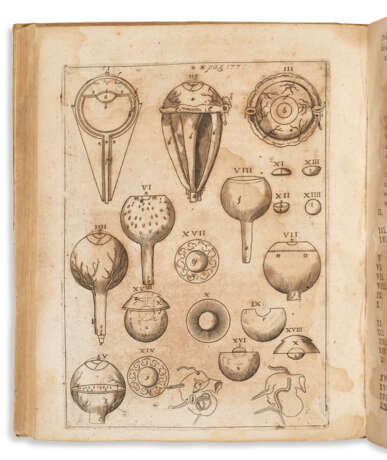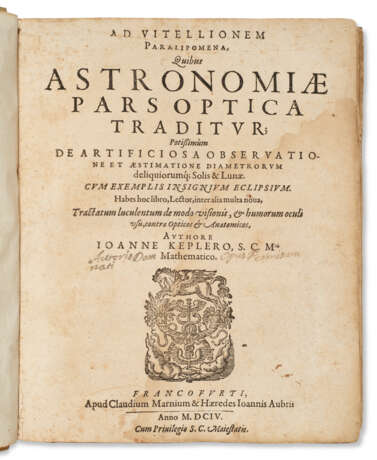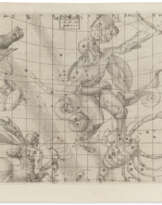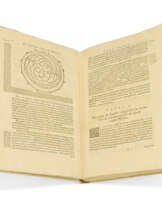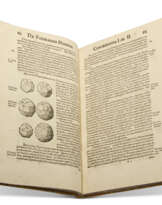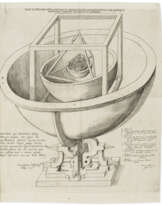ID 1360814
Lot 98 | Ad Vitellionem paralipomena, quibus astronomiae pars optica traditur
Estimate value
$ 8 000 – 12 000
First edition of Kepler's first foray into the science of vision, which "established the beginning of modern optics" (DiLaura). At a certain point in Kepler's work on the orbit of Mars, he realized that to take and understand accurate visual observations of the heavens, he would need to investigate the nature of the human faculty of sight itself—along with its potential treacheries. His mentor Tycho had already pointed out the errors caused by using a camera obscura to determine the sizes of the sun and moon during an eclipse. During the solar eclipse of 10 July 1600, Kepler decided to investigate these errors by taking meticulous notes on his eclipse observations, as well as the measurements of his device. This notebook, which he then used to record his further studies in optics and work out his theories on pin-hole image formation, became the seed of the present treatise. Interestingly, this copy bears a manuscript note on the title-page noting that Kepler is a banned author, but this book is permitted.
The first part of the book deals with human vision and the function of the eye, including the role of the retina, the process of refraction, and the first scientifically correct explanation of myopia. The illustration of the anatomy of the eye is copied from Flex Platter's work on the subject, which was influential on Kepler's ideas. The second part, in six sections, addresses the astronomical implications of the first. This text "produced four significant advances in optics: the nature of light, the formation of images from pin-holes (the camera obscura), the nature of images from mirrors and lenses, and the optics and function of the eye … and permanently established the camera obscura as the model of the eye. In this way, [this work] fissioned medieval Perspectiva into two sciences: that of light and that of vision" (DiLaura). Its publication was in some ways almost accidental; after losing a lawsuit brought against him by the Tychonics over ownership of Tycho's data and unfinished projects, Kepler had to quickly bring out two works based on his private investigations—comprising the present work as well as the monumental Astronomia nova. Caspar 18; DiLaura 52; Cinti 13; Krivatsy 6343.
Quarto (195 x 158mm). Two folding tables, woodcut diagrams and decorations, one of which is full-page, printer's device on title. Engraved plate depicting anatomy of the eyeball. (Browning and/or pale dampstaining, mostly confined to the first 300 pages, marginal adhesion on N1v-N2, O gathering with a short wormtrack to top margin.) Contemporary limp vellum, spine lettered in manuscript (darkened, remains of string ties). Provenance: manuscript ownership inscription on title: "Autoris damnati / Opus permissum" – Robert S. Dunham (pencil ownership inscription to front free endpaper dated 1950) – Owen Gingerich (bookplate).
| Artist: | Johannes Kepler (1571 - 1630) |
|---|---|
| Place of origin: | Germany |
| Artist: | Johannes Kepler (1571 - 1630) |
|---|---|
| Place of origin: | Germany |
| Address of auction |
CHRISTIE'S 20 Rockefeller Plaza 10020 New York USA | ||||||||||||||
|---|---|---|---|---|---|---|---|---|---|---|---|---|---|---|---|
| Preview |
| ||||||||||||||
| Phone | +1 212 636 2000 | ||||||||||||||
| Fax | +1 212 636 4930 | ||||||||||||||
| Conditions of purchase | Conditions of purchase | ||||||||||||||
| Shipping |
Postal service Courier service pickup by yourself | ||||||||||||||
| Payment methods |
Wire Transfer | ||||||||||||||
| Business hours | Business hours
|
